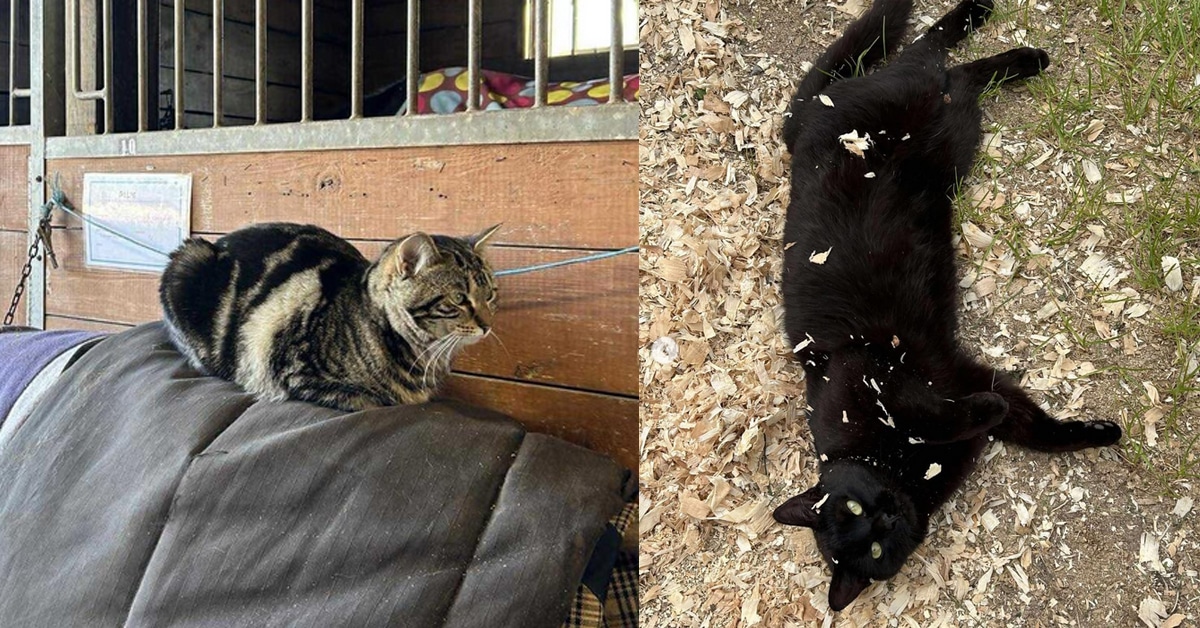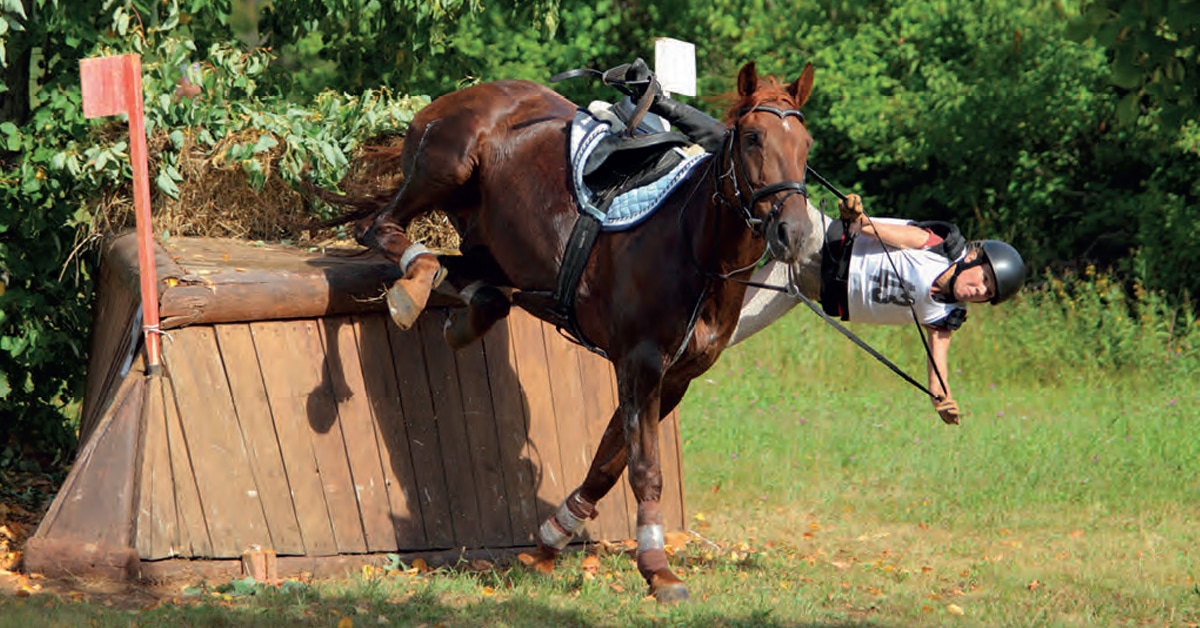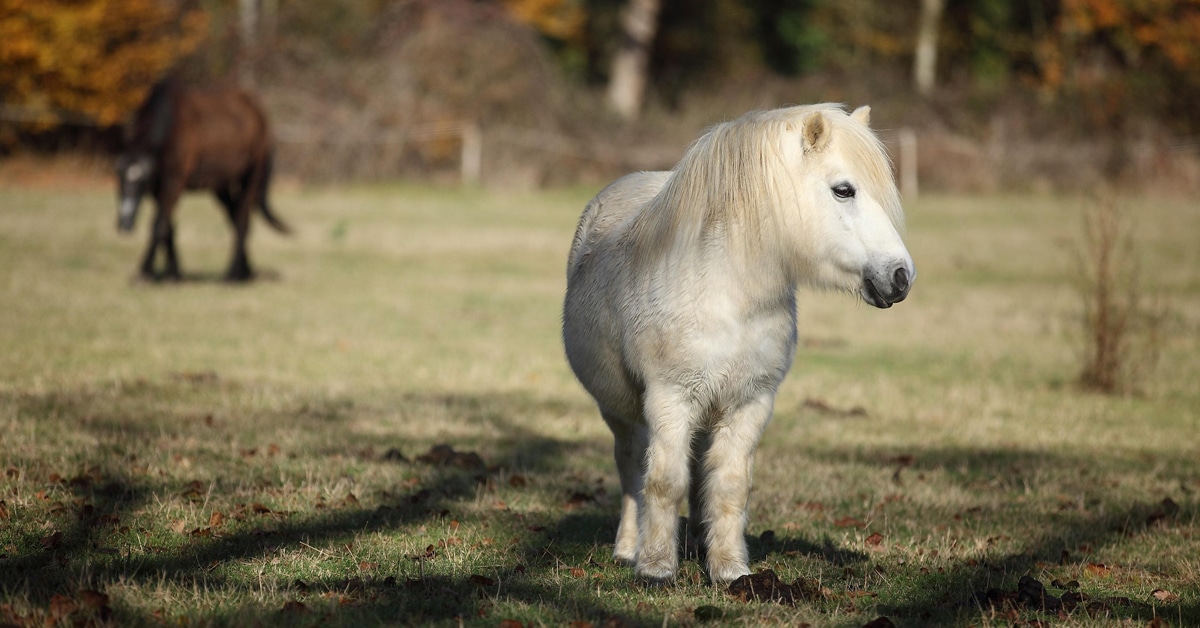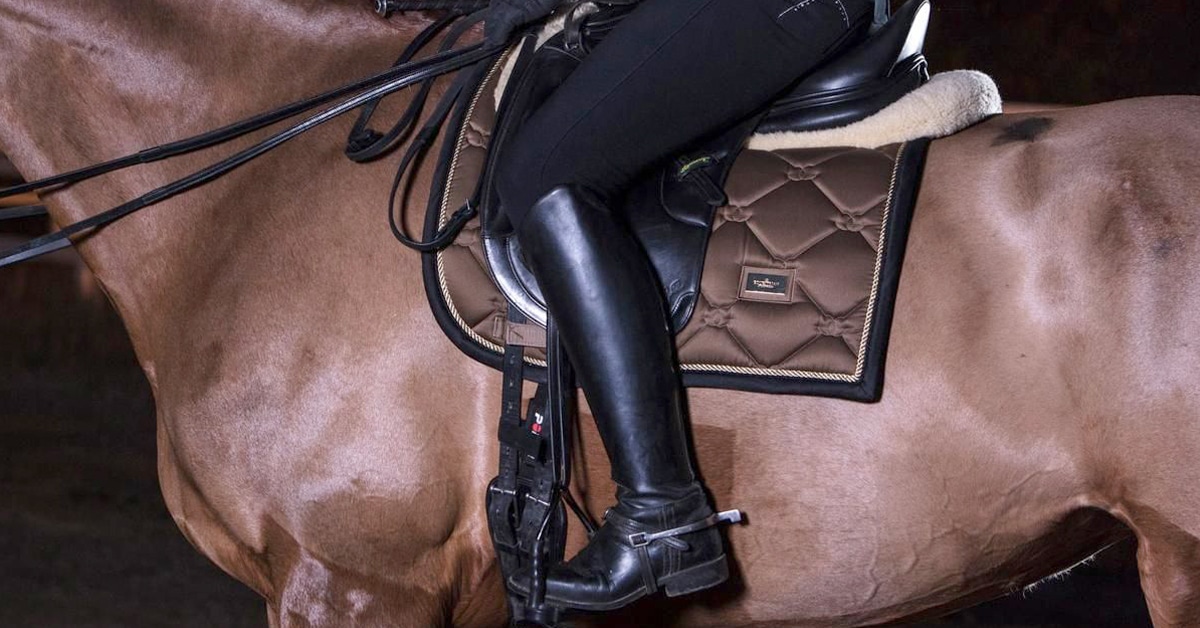Long-lining, also referred to as line- or ground-driving, is an extremely beneficial exercise for horses at all stages of development. It provides education, relaxation, and variety to the work, while allowing for a new route to problem-solving some common training issues.
Long-lining has been a training technique for centuries, used by horsemen the world over with horses from unbroken youngsters to made campaigners. The famous Spanish Riding School utilizes the technique to introduce their horses to the upper-level movements seen in the Lippizaner shows.
Long-lining enables the handler to teach forward movement, steering, and straightness – all without the added weight and complications that a rider can bring to the equation. It allows horses to understand aids in a very simple manner, and can be an extremely useful tool when starting young horses under saddle.
Once a young horse has learned to wear tack and how to lunge, it can be tempting to just hop right on. This is where long-lining comes in as a beneficial tool for the young horse. By taking a few extra days and introducing long-lining, the handler is able to teach the horse to go forward, steer, stop, and back-up. This is done without the extra distraction of having a rider on the horse’s back, which then allows the horse to concentrate on learning the aids. Once it becomes proficient at, ‘go, steer, and stop’, the rider can mount a horse that needs to get used to bearing weight, but already knows how to respond to the basic aids. This step ensures that the rider has some measure of control even on a horse being ridden for the first time.
There no right or wrong frequency for long-lining. Whether starting a horse or addressing an issue, it can be used until the desired result is achieved, and can be used as a refresher or a stress reliever at any time. In older horses it can be a valuable exercise to help relaxation, vary work, or to overcome previous training issues. Periodic work without a rider can reinforce the aids without stress, while working without weight can be beneficial during recovery time. Training issues such as poor communication resulting in bad turning, ineffective braking or half-halts, or even a bad mouth may all be dealt with successfully on long lines; then those lessons may be re-applied while being ridden with great success.
Even if used just to vary the work throughout the boring winter months will have its benefits. With practice, long-lining can become a useful tool in the proficient horseman’s training regimen. It takes a little time to become confident using the long-lining techniques, but continue to observe your horse’s reactions and they will teach you how to do this well.
Periodic work without a rider can reinforce the aids without stress, while working without weight can be beneficial during recovery time.
Tacking Up
To start, make sure the horse is relaxed and happy. Warming up on the lunge helps to get them into a working frame of mind while wearing tack.
Outfit the horse in a lungeing surcingle and a bridle fitted with a simple snaffle. Reins are not required. My preferences for the bit are either an eggbutt, D-ring, or full-cheek snaffle. If the horse is wearing a saddle, the stirrups should be securely fastened to the girth so that the lines remain in place at all times. The handler should be prepared with gloves and two lunge lines. It is also a good idea to have a helper on the ground, especially with a young or green horse.
I like to start long-lining by first allowing the horse the opportunity to stand still as I connect my lines. From the left side of the horse, I will leave the lunge line attached to the bit, while taking the second neatly-folded lunge line around to the right side of the horse. There, I will run the clasp end through the side ring of the surcingle to the bit, making sure the snap is facing outwards so it cannot become clipped on other tack. I then place the right-side line over the saddle.
Remember that the horse may have never felt lines on its back, and may be slightly jumpy. Once the line is resting on the surcingle pad or saddle, I come back to the left side and run the left line through the side ring of the surcingle and to the bit, snap facing outwards. Gather up both lines, ensuring that they are through your hands, not wrapped around them. From the left side, while positioned by the girth, gently allow the right line to slide back behind the horse, coming to a rest just above the horse’s hocks. Remember this feeling may be unfamiliar to them the first couple times, and they may react by scooting forward or even kicking out.
Safety
Make sure your position around the horse is always out of range of the back feet. There are risks to long-lining: as you are on the ground, there is a greater likelihood of being kicked. Proper positioning around the horse and paying attention at all times are of paramount importance. Horses may react unpredictably when introduced to new scenarios.
Because of the nature of long-lining, the reins (lines) are very long. This can be managed by folding the reins in the handler’s hands. A second method of line management involves allowing the lines to trail beside or behind the handler on the ground. This allows for more mobility and an easier time sliding the outside rein when necessary; however, this comes with an increased risk of stepping on or being caught up in the lines, so exercise caution.
Starting Out in Long-lining
Remember: forward motion is the key to all activities in riding! If the horse has not already offered to go forward, encourage it to move off at a walk using your voice. I try to start the horses on a circle just as they were when lungeing. Keep as little pressure on the outside line as possible, and allow the horse to lunge as it would normally to get used to the second line behind it. When relaxed, repeat the process to the other direction.
Introducing Transitions
Once the horse is comfortable with the lines behind him on the circle, gradually position yourself more behind the horse and progress off the circle and onto some straight lines. The horse should at all times continue to respond to the aid to go forward. If the horse is slow to respond to the forward aids, it can be encouraged to step forward by moving the lines against its sides. Usually the feeling of the lines moving is sufficient to get the horse to step forward. Ask for transitions between the walk and a halt, encouraging a good forward strike-off to the walk each time. As you become more proficient, you can include poles or cones to develop accuracy.
The aids to turn on long lines work like very simple steering while mounted. It is important to allow the outside rein to give forward, often requiring a sliding of the rein in order to allow the horse to turn. This takes a little practice, so don’t worry if you feel unorganized for a while. Once you have the hang of it, long-lining feels much like riding, and you should feel as though you have a similar level of control.
De-Spooking
Long-lining can also be an effective way to deal with a the spooky horse. While on long lines it is impossible to make a horse approach a situation it doesn’t want to be near, it is possible to take away all other options, such as going backwards or running sideways. This situation is similar to the condition we call ‘ahead of the leg’ in riding. By eliminating those options, but presenting ‘forward’ towards or right beside the spooky object, it becomes the horse’s choice to move towards the scary item. When horses choose this option, they gain self-confidence, which carries over to the ride. If several different scenarios are presented and worked through in this manner, the horse understands to stay ahead of the leg at all times, and becomes more confident in its rider and its own abilities.
The Latest











